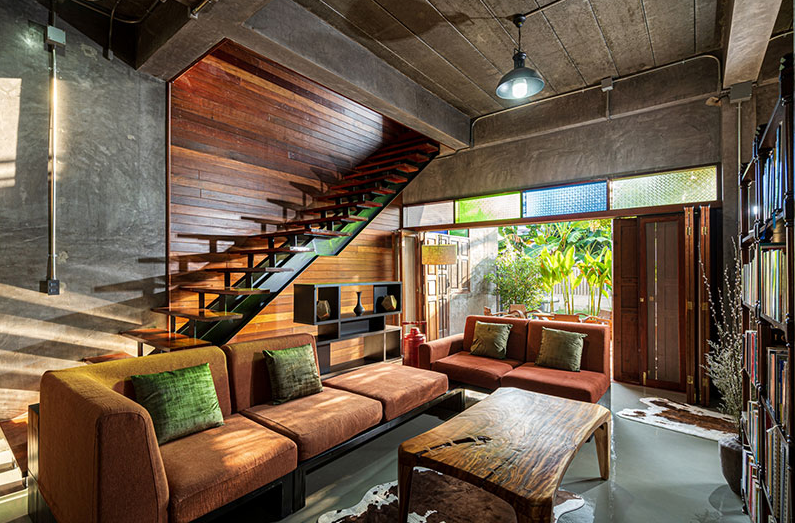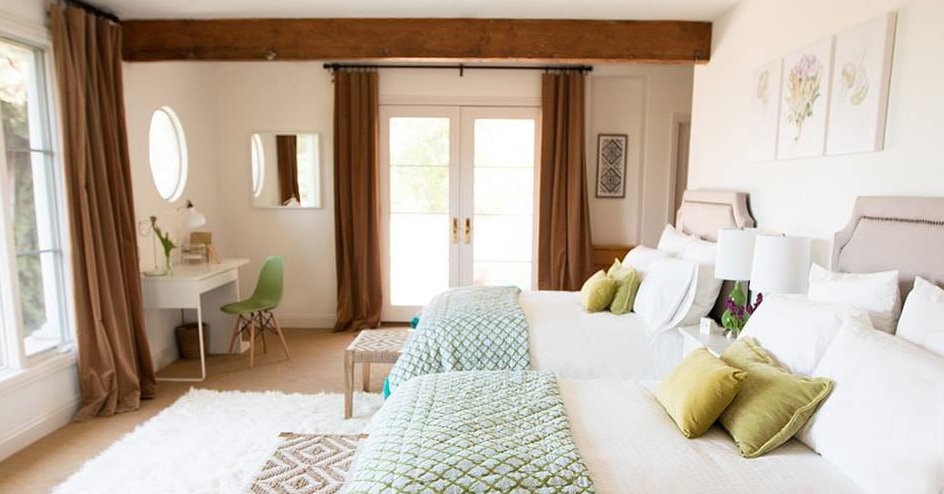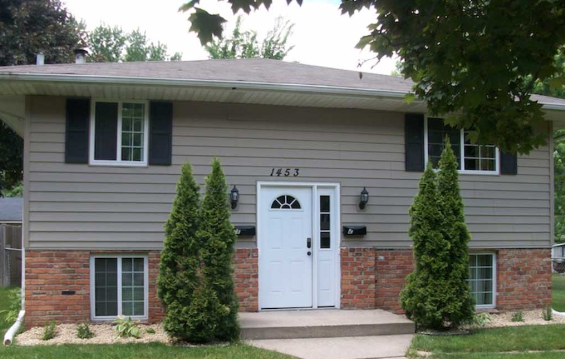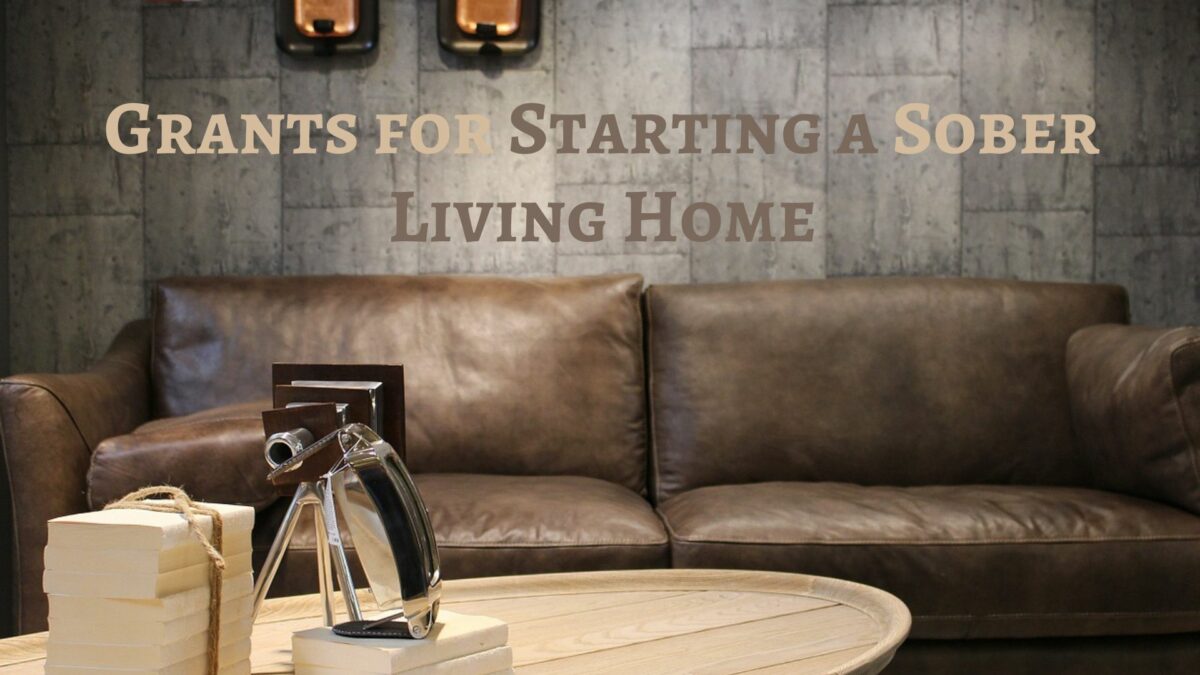If you or a loved one are seeking to Grants to Start a sober living home, it’s crucial to navigate the vast landscape of options available. In this comprehensive guide, we will explore the various levels of sober living homes, helping you make an informed decision that aligns with your goals and values. Remember, your journey to creating a successful sober living environment begins here.
Understanding the Four Levels of Sober Living Homes

Sober living homes come in four distinct levels, each offering a varying degree of structure, support, and accountability. These levels play a pivotal role in shaping the recovery experience. Let’s delve into each level, examining what they entail and the pros and cons associated with them. Additionally, we’ll hear from individuals who have experienced these levels firsthand, providing invaluable insights.
Level Four: Residential Treatment Programs

Level four represents the highest degree of structure and support within the sober living spectrum. These are essentially residential treatment programs that provide intensive care and supervision. Residents in level four facilities typically receive round-the-clock assistance from trained professionals.
Pros:
- Rigorous structure and supervision.
- Extensive clinical services, including counseling and medical support.
- Ideal for individuals requiring intensive care.
Cons:
- Higher cost due to comprehensive services.
- Limited personal freedom compared to lower levels.
Level Three: Structured Sober Living Facilities

Level three sober living facilities maintain 24/7 staff presence on-site. They offer a structured environment with a focus on accountability, including regular drug screenings, mandatory meetings, and group activities. Clinical services from licensed professionals are often available.
Pros:
- Strong balance of structure and support.
- Extensive accountability measures.
- Access to clinical services.
Cons:
- Costs can be relatively high.
- Limited personal freedom, but less restrictive than level four.
Level Two: Staff-Supported Sober Living Homes

Level two sober living homes have staff available during the day, with on-call staff at night. They emphasize support and peer interaction. Recovery groups and services are typically facilitated by recovery coaches or peer support specialists, with some clinical services provided.
Pros:
- More freedom compared to higher levels.
- Suitable for motivated individuals with prior treatment experience.
Cons:
- Limited clinical services compared to level three.
- Potential exposure to temptations due to increased freedom.
Level One: Peer-Run Sober Living Homes

Level one sober living homes are primarily peer-run communities. Residents collectively govern the program, making decisions regarding admissions and house rules. While some structure is maintained, personal responsibility is key in these settings.
Pros:
- Offers a sense of community.
- Ideal for individuals who value autonomy.
- Lower cost compared to higher levels.
Cons:
- Varied quality depends on house dynamics.
- Minimal professional oversight.
Identifying Shady Sober Living Practices

Before delving further into your sober living journey, it’s essential to be aware of potential pitfalls in the industry. Sadly, the lack of regulation has allowed unscrupulous practices to emerge. Here are some examples of questionable practices:
- Patient Poaching: Some facilities lure individuals away from treatment centers, aiming to maximize profits.
- Insurance Fraud: Unethical facilities exploit insurance claims, often through unnecessary lab tests.
- Lack of Supervision: Some sober living homes lack proper oversight, leading to dangerous situations.
- Mixing Genders: Mixing men and women in the same facility can create chaos and compromise safety.
Be vigilant when evaluating sober living options, and prioritize centers that exhibit professionalism, transparency, and genuine commitment to recovery.
Assessing Costs and Value
Costs for sober living programs can vary significantly, ranging from around $100 per week to several thousand dollars per month. The price disparity is primarily attributed to the level of clinical services, staff availability, and additional amenities. Consider the following factors when assessing the value of a program:
- Clinical Services: Evaluate the availability of counseling, medical care, and therapy.
- 24/7 Staff: Determine the extent of staff support and supervision.
- Transportation: Access to transportation can be crucial for maintaining a structured routine.
- Duration: Calculate the cost of the program relative to its length.
Choosing the Right Level for Your Needs
Selecting the appropriate level of sober living is pivotal to your or your loved one’s recovery journey. Here are some guidelines to help you decide:
- Level Four: Ideal for individuals requiring intensive treatment and maximum structure.
- Level Three: Recommended for those transitioning from residential treatment or seeking a high level of support.
- Level Two: Suited for motivated individuals with prior recovery experience who value more personal freedom.
- Level One: A good option for those comfortable with peer-run communities and minimal professional oversight.
Remember that recovery is a personal journey, and the level of structure and support should align with individual needs and preferences.
Expert Insights: Lessons Learned the Hard Way
Throughout this guide, you’ve heard from individuals who have experienced different levels of sober living. Their stories serve as cautionary tales and sources of inspiration. While each person’s journey is unique, their experiences shed light on the consequences of breaking the rules in sober living environments after that we can find a better Sober Living environment but Finding Free Housing for Pregnant Mothers is Still difficult.
It’s essential to understand that rules and guidelines exist to create a safe and conducive space for recovery. Temptations and challenges will arise, but maintaining a commitment to the recovery process is paramount.
Conclusion
Embarking on the path to establishing or participating in a sober living home is a noble endeavor. Armed with knowledge about the four levels of sober living, awareness of potential pitfalls, an understanding of costs and value, and insights from those who have walked the journey, you are well-equipped to make informed decisions.
Recovery is a journey filled with challenges and triumphs. By selecting the right level of sober living and prioritizing your well-being, you or your loved one can take significant steps toward a healthier, sober future.
Frequently Asked Questions (FAQs)
What is a sober living home?
A sober living home is a supportive, substance-free environment where individuals in recovery from addiction can live together while transitioning to a drug- and alcohol-free lifestyle. It provides structure, peer support, and a safe space for residents to maintain their sobriety.
How do I start a sober living home?
Starting a sober living home typically involves several steps, including finding a suitable location, obtaining necessary licenses and permits, establishing house rules and guidelines, hiring staff (if applicable), and creating a supportive and recovery-focused environment. The process may also include securing funding or grants.
Are there grants available to start a sober living home?
Yes, there are grants and funding opportunities available to support the establishment and operation of sober living homes. These grants may be offered by government agencies, nonprofit organizations, and foundations that aim to promote addiction recovery and rehabilitation. It’s essential to research and apply for grants that align with your specific goals and mission.
What are the key components of a successful sober living home?
Successful sober living homes prioritize several key components, including a structured daily routine, regular drug testing, accountability measures, peer support, access to counseling and therapy, a safe and clean living environment, and clear house rules. Additionally, staff, if present, should be trained to support residents in their recovery journey.
How much does it cost to live in a sober living home?
The cost of living in a sober living home varies depending on factors such as location, level of services provided, and the facility’s amenities. Prices can range from relatively affordable to more expensive. Some sober living homes offer sliding-scale fees based on income, while others may accept insurance. It’s crucial to inquire about costs and payment options when considering a sober living home.
Author Profile
- John Davis is a nationally recognized expert on credit reporting, credit scoring, and identity theft. He has written four books about his expertise in the field and has been featured extensively in numerous media outlets such as The Wall Street Journal, The Washington Post, CNN, CBS News, CNBC, Fox Business, and many more. With over 20 years of experience helping consumers understand their credit and identity protection rights, John is passionate about empowering people to take control of their finances. He works with financial institutions to develop consumer-friendly policies that promote financial literacy and responsible borrowing habits.
Latest entries
 BlogJuly 8, 2024How to Fast-Track Approval for Section 8 Vouchers
BlogJuly 8, 2024How to Fast-Track Approval for Section 8 Vouchers BlogJuly 8, 2024Unlock Apple Business Credit with No Credit Check Needed
BlogJuly 8, 2024Unlock Apple Business Credit with No Credit Check Needed BlogJuly 8, 2024A $18 Million Per Year Investment Plan for Democrats to Control the Texas House
BlogJuly 8, 2024A $18 Million Per Year Investment Plan for Democrats to Control the Texas House Low Income GrantsSeptember 25, 2023How to Get a Free Government Phone: A Step-by-Step Guide
Low Income GrantsSeptember 25, 2023How to Get a Free Government Phone: A Step-by-Step Guide

